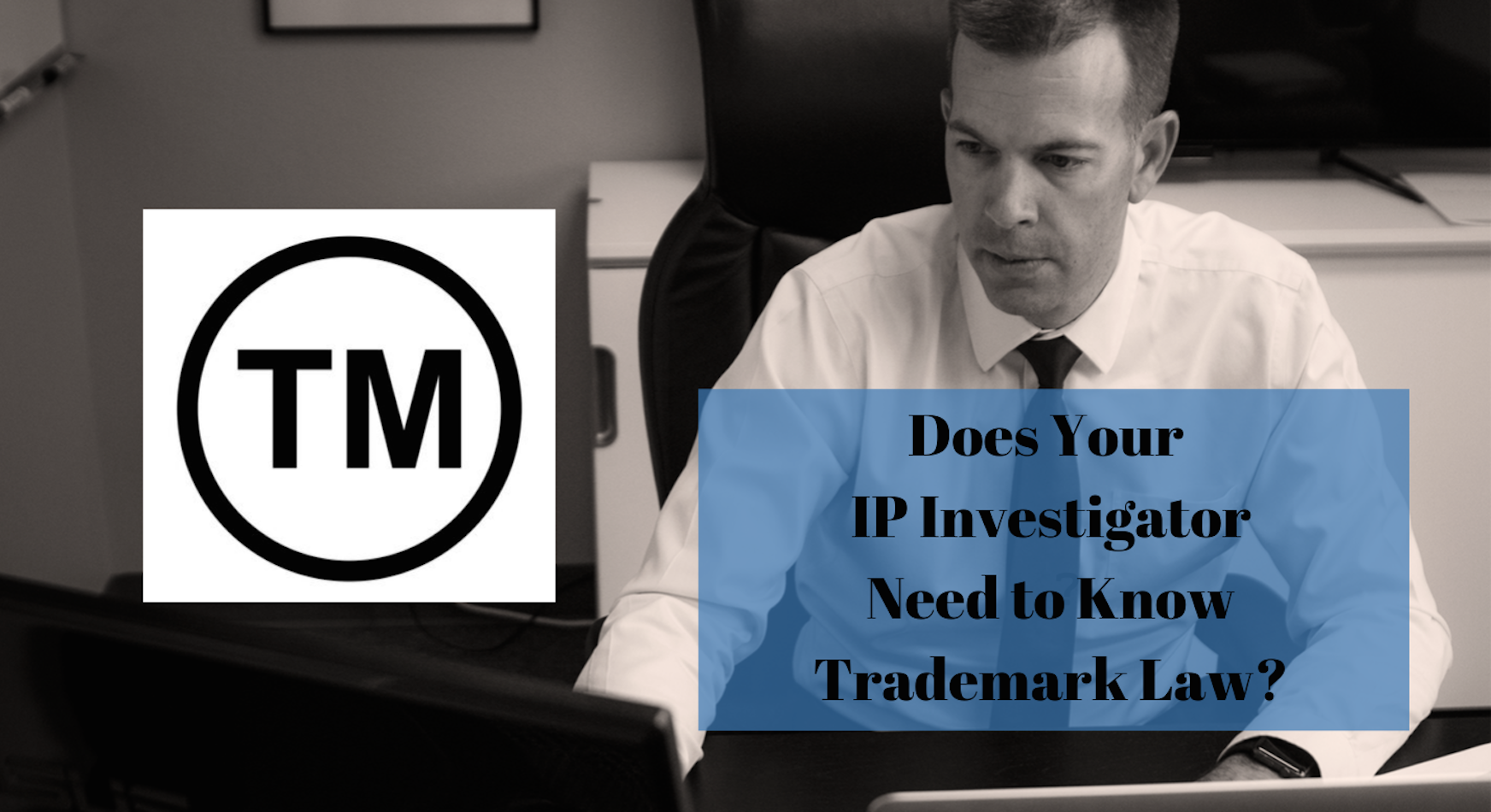
The legal landscape is changing. Attorneys and law firms will have to change their way of thinking to attract and retain clients as online services such as LegalZoom, Rocket Lawyer, Trademarkia and other legal services companies are actively marketing to and competing with traditional law firms. Additionally, corporations are closely monitoring their legal spend by using sophisticated software and tools to keep a watchful eye on billing and results.
In the past, law firms have been opposed to looking at creative ways to bring on new clients in fear of ethical violations and other concerns. The unneeded liability and risk that is associated with creating partnerships with other service providers or setting up tools to help clients track and monitor their brands and other risks, was not something that law firms wanted to take on.
If law firms want to compete and retain business, they need to change their mindset and diversify their offerings. This means they must come up with new and creative ways to show their clients that they are looking out for them proactively and going the extra mile when it comes to counseling and litigation.
Here are some examples that we have seen work well for some of our clients:
IP & Brand Protection Attorneys
As an example, Intellectual Property (IP) attorneys handling trademark registrations/prosecutions should offer monitoring of their clients’ IP portfolios as an added benefit for working with their firm. There are numerous software offerings that law firms can utilize to handle this service in an automated and economical fashion. This type of service gives the client a sense of safety and it can lead to the need for more legal work that arises from the monitoring. As an example, if you detect a possible infringement of a trademark you might need to research the infringement and draft a cease and desist notice. If not resolved these matters can end up in litigation as well.
Management of Intellectual Property would include, but is not limited to the following:
- Copyrights
- Trademarks
- Patents
- Domain Name (Registrar Lock and Automatic Renewal)
Insurance Defense Firms:
Insurance companies are always looking for ways to minimize costs, especially when it comes to litigated claims in the Workers’ Comp and Premises Liability areas. Law firms could use an investigator or paralegal to offer complimentary background profiles on all new litigated claims in an effort to look at the following;
- Driving Record (Non-industrial accidents that occurred before the date of injury/date of loss)
- Workers’ Comp Claims Search
- Civil & Criminal Background Check
- Social Media Profile & Preservation
Plaintiff / Personal Injury Attorneys:
People that have been injured as a result of an accident caused by a third party are looking to be made whole. They can have staggering medical bills; loss of income and their families can be severely impacted. Offering a complimentary asset search performed by a paralegal or private investigator on the negligent third parties in the accident can be an added benefit and become the deciding factor in selecting one firm over another. The injured party should understand if the person or company that harmed them has the ability to pay should a settlement be agreed upon.
Business Litigation Attorneys:
In heated business disputes emotions often run high and if you can give your clients some “dirt” or expose “skeletons in the closet” about the adverse parties, you can really get your client to understand that you are on their side and are in the trenches with them.
The law firm could utilize a research paralegal or private investigator to conduct an asset and liability investigation on the parties involved at the time of filing and/or prior to depositions. This type of research will often give the client a lay of the land in terms of any tangible real estate/property owned by the defendant. This is important because it can tell you if there is equity in any real estate owned to satisfy a judgment. It also allows you to file fraudulent conveyance claims in the event that the real estate is deeded or transferred to “family” members as the litigation heats up or after a judgment is awarded.
These are just a few examples of how lawyers can look to create better relationships and drive better results with their clients. After all, many of the services we have referenced are available to your clients, so even if they decline the additional services they should be made aware of them because it elevates you from the competition and shows clients that you understand their business and potential risk exposures.



 Creation, monitoring and protection of Brand Assets (Intellectual Property) is something that is often overlooked until brand protection becomes an issue. The issues often appear when counterfeits show up online on popular eCommerce sites like
Creation, monitoring and protection of Brand Assets (Intellectual Property) is something that is often overlooked until brand protection becomes an issue. The issues often appear when counterfeits show up online on popular eCommerce sites like  I find that
I find that